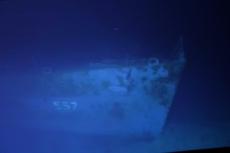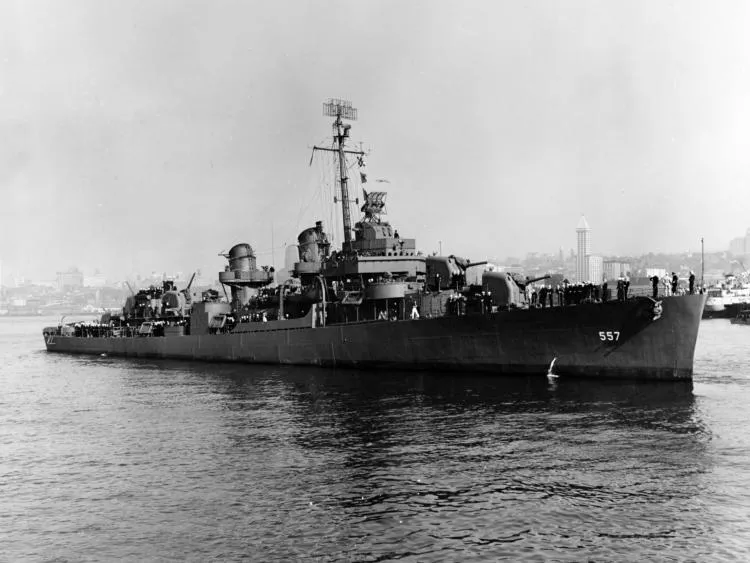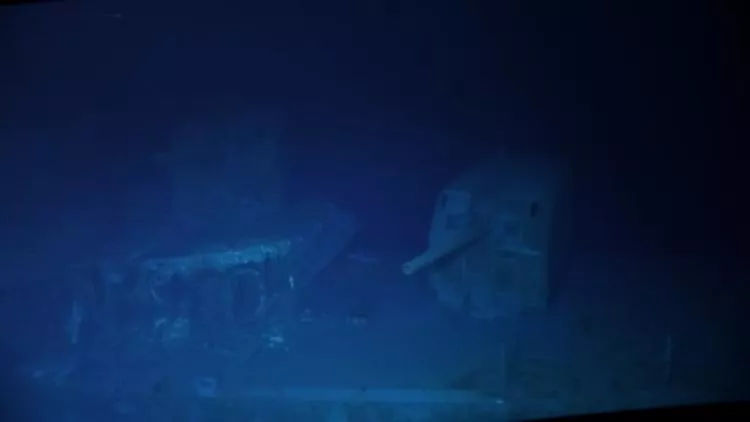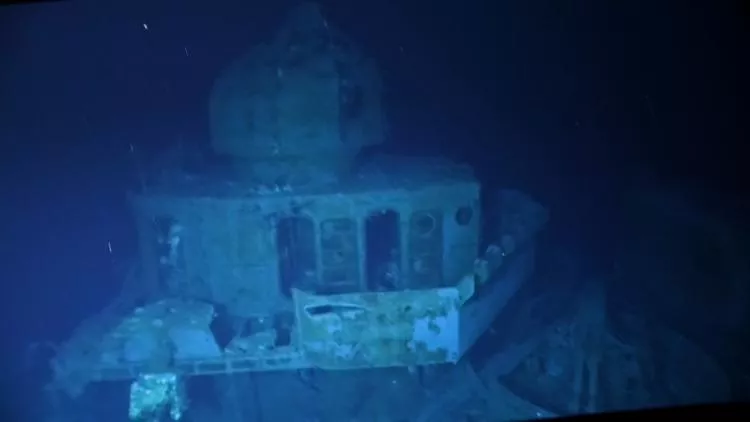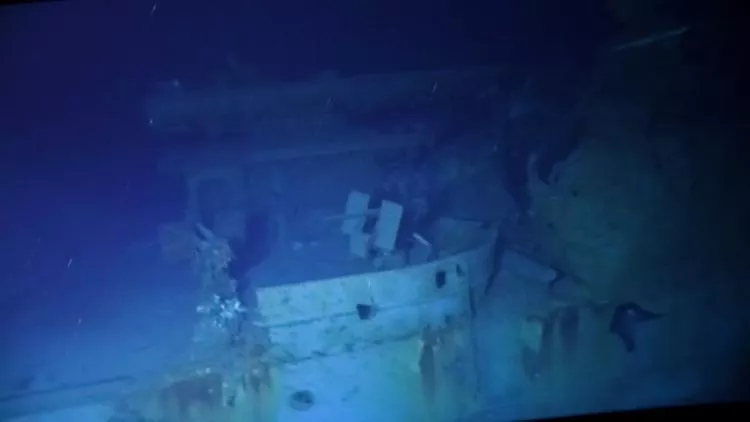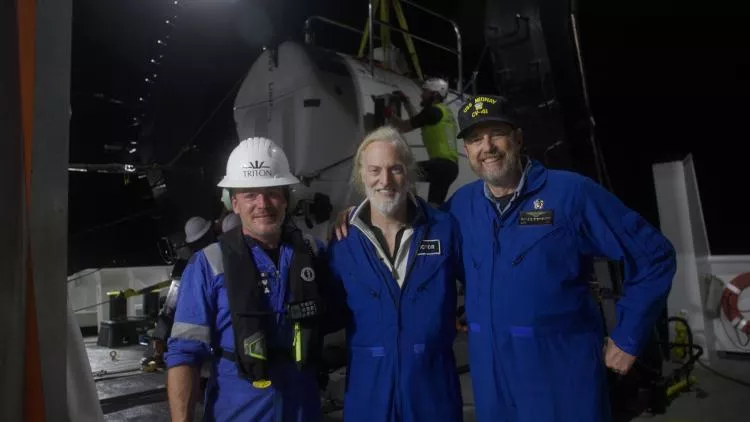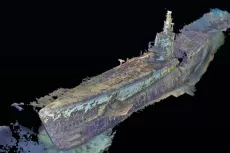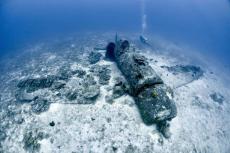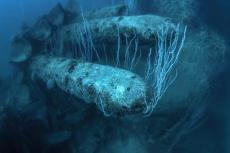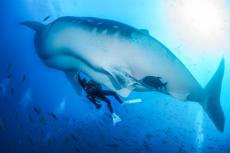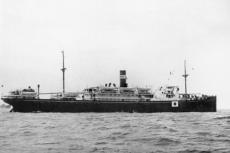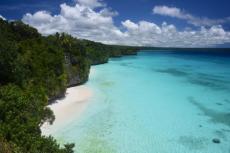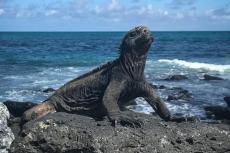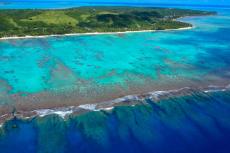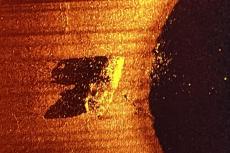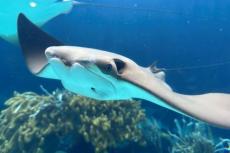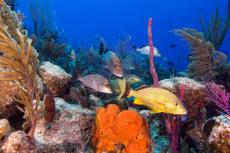USS Johnston, world's deepest known wreck, identified
An expedition has successfully re-located, surveyed, and filmed the USS Johnston, a WW2 US Navy Fletcher-class destroyer that sank in battle on 25th October 1944. It is the world’s deepest known shipwreck lying at a depth of 21,180ft (6,456m).
The 115m-long US Navy destroyer is widely known for her bold action in the Battle off Samar, the Philippines. The actions of the relatively lightly armed Johnston—sunk after a fierce battle with a large fleet of Japanese warships—helped stop the Japanese Admiral Kurita's Center Force from attacking vulnerable U.S. landing forces, and inflicted greater losses to the Japanese attackers than they suffered.
Initial discovery
On 30 October 2019, it was announced that the research vessel Petrel of Vulcan Inc discovered what is believed to be the deepest shipwreck ever located at 20,406 feet (6,220 m) deep in the Philippine Trench; the wreck is in pieces with no significant hull sections located. The wreckage pieces found to consist of two destroyed 5-inch (127 mm) turrets, a propeller shaft and propeller, two funnels, a mast, a barbette, and unidentified piles of twisted hull, interior, or machinery debris.
On that expedition, film of pieces of the vessel were taken by a remotely-operated vehicle (ROV), but the majority of the wreck including its upright, intact forward two-thirds including bow, bridge, and mid-section lay deeper than the ROV’s rated depth limit of approximately 20,000ft (6,000m).
Confirmation
On 31 March 2021, it was announced that the research vessel DSV Limiting Factor of Caladan Oceanic surveyed and photographed the deeper main wreck. The hull number, 557, clearly visible on both sides of its bow, confirmed the wreck as Johnston. She sits upright and astonishingly well-preserved at a depth of 21,180 ft (6,460 m), making this the deepest shipwreck ever recorded.
Two full 5” gun turrets, twin torpedo racks, and multiple gun mounts are still in place and visible on the superstructure. No human remains or clothing were seen at any point during the dives and nothing was taken from the wreck
Fact file
The submersible DSV Limiting Factor has no operating depth limitation does not require a tether to the surface and can hold two occupants for real-time visitation and analysis of wrecks. The craft is highly manoeuvrable and carries an array of high-definition and 4Kcameras.
The funder of the expedition, Victor Vescovo, who is a former US Navy Commander (Ret.) personally piloted the submersible down to the wreck during two separate, eight-hour dives.
The submersible is best known as the vehicle that Vescovo piloted to the deepest points in each of the world’s five over oceans during the ‘Five Deeps Expedition’ in 2019. It recently completed its 14th dive to the Challenger Deep, the deepest point on Earth (10,925meters).
An original, five-part series about the Five Deeps expedition airs this Thursday, April 1st 2021 on the Discovery Plus streaming channel


